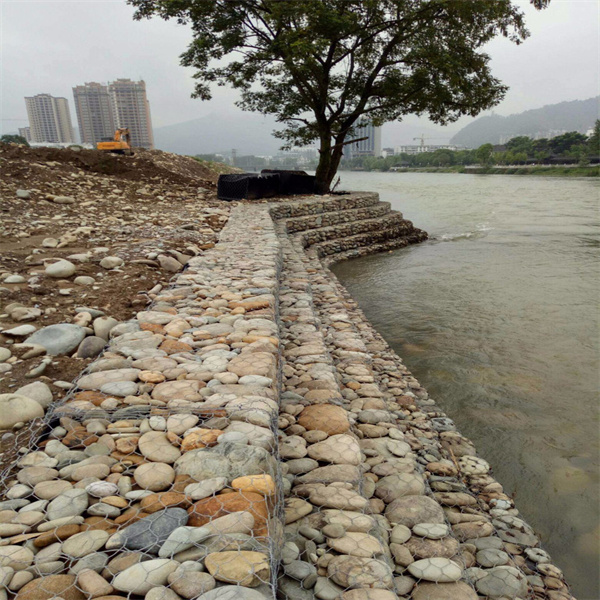Nov . 03, 2024 09:34 Back to list
gabion retaining wall drainage manufacturer
Gabion Retaining Wall Drainage Solutions
Gabion retaining walls have gained popularity in civil engineering and landscaping due to their versatility, aesthetic appeal, and strength. Made from wire mesh cages filled with stones, these structures provide effective support for soil retention and can be an attractive addition to any landscape. However, one crucial aspect often overlooked in the design and construction of gabion walls is drainage. Proper drainage is vital for maintaining the integrity and longevity of these walls.
Importance of Drainage in Gabion Retaining Walls
Water accumulation behind a retaining wall can create significant pressure, potentially leading to structural failure. Without efficient drainage systems, hydrostatic pressure builds up, which may cause the wall to deform or collapse. Therefore, incorporating drainage solutions when constructing gabion retaining walls is essential for ensuring their stability and effectiveness.
Drainage Solutions
1. Weep Holes One of the most common drainage solutions is the installation of weep holes within the gabion structure. These holes allow water to escape naturally, reducing the pressure behind the wall. Weep holes should be evenly spaced and strategically placed to ensure effective drainage.
gabion retaining wall drainage manufacturer

2. Drainage Pipe Systems In some scenarios, a more advanced approach involves embedding perforated drainage pipes at the base of the retaining wall. These pipes facilitate the rapid removal of water accumulation, directing it away from the wall and preventing any potential damage.
3. Geotextiles The use of geotextile fabric can further enhance drainage capabilities. This fabric acts as a filter, allowing water to pass through while preventing soil particles from clogging drainage systems. It can be placed at the backfill area behind the wall to ensure longevity and prevent erosion.
4. Backfill Material Choosing the right backfill material is also crucial. Coarse aggregates or gravels promote better drainage compared to finer soils, which can retain water. Using a combination of materials can optimize drainage performance.
5. Landscape Grading Proper grading around the gabion wall is essential for directing water flow away from the structure. The surrounding landscape should be contoured to minimize water accumulation at the base of the wall.
Conclusion
In summary, while gabion retaining walls offer numerous benefits, effective drainage must be integrated into their design and construction to ensure long-term stability. By implementing solutions such as weep holes, drainage pipes, geotextiles, appropriate backfill materials, and proper grading, manufacturers can deliver products that withstand the test of time. For those considering gabion retaining walls, prioritizing drainage will ensure that these structures remain resilient and aesthetically pleasing for years to come.
-
Why PVC Coated Gabion Mattress Is the Best Solution for Long-Term Erosion Control
NewsMay.23,2025
-
Gabion Wire Mesh: The Reinforced Solution for Modern Construction and Landscape Design
NewsMay.23,2025
-
Gabion Wall: The Flexible, Seismic-Resistant Solution for Modern Landscaping and Construction
NewsMay.23,2025
-
Gabion Wall Solutions: The Durable, Decorative, and Affordable Choice for Every Landscape
NewsMay.23,2025
-
Gabion Basket: The Durable and Flexible Alternative to Traditional Retaining Walls
NewsMay.23,2025
-
Gabion Basket: The Proven Solution for Slope Stability and Flood Control
NewsMay.23,2025
-
Versatility of Chain Link Fence Gabion
NewsMay.13,2025






